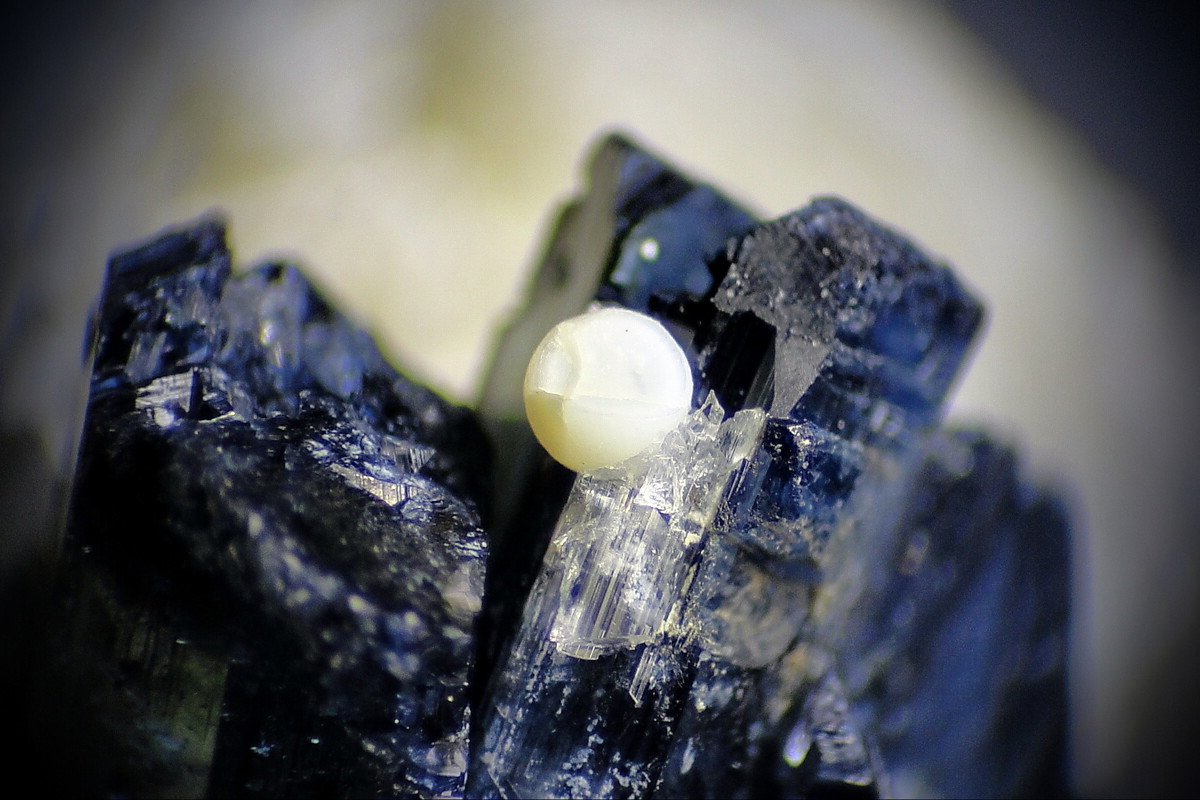
What is Aheylite? Aheylite is a rare phosphate mineral that belongs to the turquoise group. Discovered in 1984, it was named after the mineralogist Adolf Hey. This mineral typically forms in oxidized zones of arsenic-rich hydrothermal deposits. Its striking blue-green color makes it a favorite among collectors. Aheylite can be found in places like Germany, the Czech Republic, and the United States. Its chemical formula is (Fe2+,Zn)Al6(PO4)4(OH)8·4H2O, which includes elements like iron, zinc, and aluminum. Aheylite's unique properties and limited availability make it a fascinating subject for both geologists and hobbyists.
What is Aheylite?
Aheylite is a rare mineral that belongs to the phosphate group. It was first discovered in the 20th century and has since intrigued geologists and mineral enthusiasts alike. Let's dive into some fascinating facts about this unique mineral.
-
Aheylite's Composition: Aheylite is a hydrated iron aluminum phosphate mineral. Its chemical formula is Fe2+Al6(PO4)4(OH)8·4H2O. This composition gives it distinct physical and chemical properties.
-
Color Variations: Aheylite typically appears in shades of blue and green. These colors result from the presence of iron and aluminum in its structure. The exact hue can vary depending on the specific conditions under which the mineral formed.
-
Crystal Structure: Aheylite crystallizes in the triclinic system. This means its crystals have three unequal axes that are not at right angles to each other. This unique structure contributes to its rarity and distinct appearance.
Where is Aheylite Found?
Aheylite is not a common mineral, and its occurrences are limited to specific locations around the world. Here are some places where this mineral has been discovered.
-
Type Locality: The type locality for aheylite is the Huanuni mine in Bolivia. This is where the mineral was first identified and described.
-
Other Locations: Besides Bolivia, aheylite has been found in a few other places, including Germany and the United States. Each location provides unique samples that help researchers understand the mineral better.
-
Associated Minerals: Aheylite is often found in association with other phosphate minerals. These include wavellite, variscite, and turquoise. The presence of these minerals can provide clues about the geological conditions that led to the formation of aheylite.
Uses and Significance of Aheylite
While aheylite is not widely used in commercial applications, it holds significant value for collectors and researchers. Let's explore why.
-
Collector's Item: Due to its rarity and unique appearance, aheylite is highly sought after by mineral collectors. Specimens can fetch high prices, especially those with well-formed crystals and vibrant colors.
-
Scientific Research: Aheylite provides valuable insights into the geological processes that form phosphate minerals. Studying this mineral helps scientists understand the conditions under which it forms and its relationship with other minerals.
Interesting Facts About Aheylite
Beyond its composition and uses, aheylite has some intriguing characteristics that make it stand out.
-
Hardness: Aheylite has a Mohs hardness of 5, which means it is relatively soft compared to other minerals. This softness makes it less suitable for use in jewelry but adds to its uniqueness.
-
Luster and Transparency: Aheylite typically exhibits a vitreous to pearly luster. It can range from transparent to translucent, adding to its visual appeal. This luster, combined with its color, makes it a striking mineral to observe.
Final Thoughts on Aheylite
Aheylite, a rare phosphate mineral, holds a unique place in the world of geology. Its striking blue-green color and crystal structure make it a favorite among collectors. Found mainly in Germany and the USA, this mineral forms in phosphate-rich environments. Despite its rarity, aheylite offers valuable insights into geological processes. Its chemical composition includes elements like iron, zinc, and aluminum, contributing to its distinct appearance.
Understanding aheylite helps scientists learn more about mineral formation and environmental conditions. For collectors, owning a piece of aheylite is like holding a fragment of Earth's history. Whether you're a geology enthusiast or just curious about unique minerals, aheylite's story is fascinating. So next time you come across this rare gem, you'll know a bit more about its significance and beauty.
Was this page helpful?
Our commitment to delivering trustworthy and engaging content is at the heart of what we do. Each fact on our site is contributed by real users like you, bringing a wealth of diverse insights and information. To ensure the highest standards of accuracy and reliability, our dedicated editors meticulously review each submission. This process guarantees that the facts we share are not only fascinating but also credible. Trust in our commitment to quality and authenticity as you explore and learn with us.


